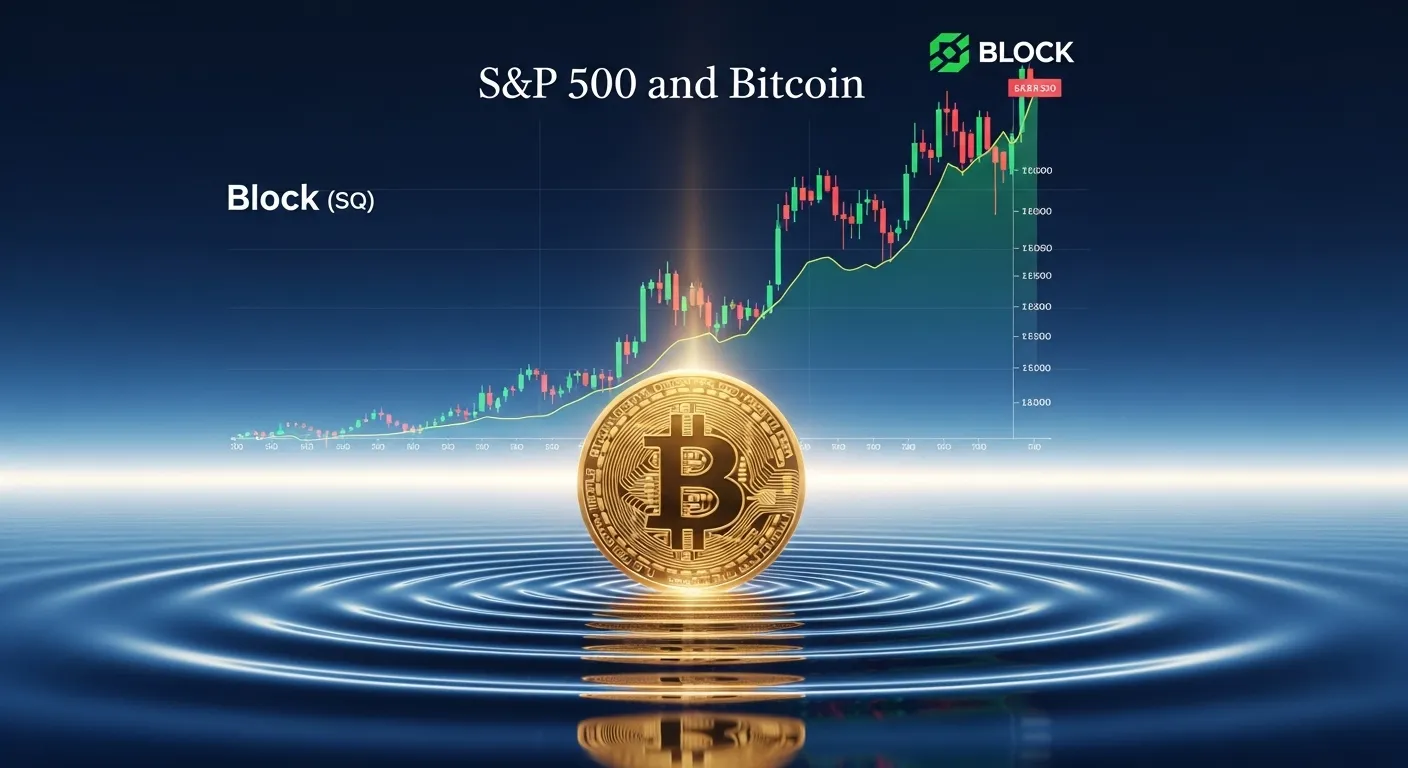Block’s S&P 500 entry triggers a new era for Bitcoin, embedding the world’s top cryptocurrency in Wall Street’s core index and expanding passive investor access.
Jack Dorsey's Block has officially entered the S&P 500, powering a dramatic shift in how traditional equity investors interact with cryptocurrency. Block's S&P 500 inclusion instantly injects significant indirect Bitcoin exposure into one of the most-followed financial indexes worldwide.
The move pushes the world’s largest digital asset deeper into mainstream finance. Block holds 8,584 Bitcoin, valued at around $1 billion. The company's shares surged 14% in the five days after announcement, underlining investor anticipation of crypto exposure in equity portfolios.
The S&P 500, which tracks the 500 most influential public US companies, now counts three firms with notable Bitcoin reserves: Block, Coinbase, and Tesla. As of the first quarter of 2025, the index represented a total market capitalization of $50 trillion. Each addition correlates with a wider investor base gaining exposure to Bitcoin simply by holding S&P-tracking assets.
Bitcoin Assets Fuel Passive Boom—What’s Next for Index Investors?
Joining the S&P 500 amplifies Block’s reach among passive funds, index portfolios, and ETFs1. Funds replicating the S&P 500 composition must now allocate to Block, increasing aggregate exposure to its Bitcoin reserves. Institutional portfolios are now “solidifying Bitcoin’s financial visibility” and showing a path for conservative treasury adoption.
Block replaces Hess Corp following Hess’s $55 billion merger with Chevron. The standards for joining the index are high: a market cap over $18 billion, public float over 10%, and positive earnings in the prior quarter. Such benchmarks send a message about Bitcoin’s shift from speculative asset to recognized treasury component.
Among S&P 500 companies, Tesla and Coinbase own significant Bitcoin, but Block stands out for its direct integration and ongoing accumulation of the asset. Coinbase's Bitcoin value sits at approximately $1.1 billion, while Tesla’s is $1.4 billion. Market reactions have diverged: Coinbase shares soared 28.4% in the past month, while Tesla dropped 4.6%, though the decline traces more to company fundamentals.
Block’s commitment extends beyond holding Bitcoin—it supports acceptance and functions for merchants, weaving the asset into everyday transactions and reflecting a deliberate strategic alignment with digital currency.
The Index Effect: Crypto-Driven Gains and New Financial Norms
The stock market reacted immediately to Block’s entry, with Block rallying for four consecutive days and closing over 7% higher just prior to formal inclusion. This “index effect” is typical as new additions draw automatic inflows from index-tracking assets. However, historical trends show these price bumps often normalize within months.
For index investors and traditional finance players, Bitcoin’s growing presence in the S&P 500 brings exposure without direct action—crypto is now a background component, part of the pie chart by default. According to insights shared on social media, institutions widely recognize this increased Bitcoin visibility as a turning point that could “encourage more conservative entities to consider the asset viable as a treasury holding”.
Crypto integration in Block’s infrastructure, such as the enablement of Bitcoin payments in merchant hardware, underlines the growing blend of fintech and digital currency. Unlike some fintech peers distancing from crypto, Block positions Bitcoin as an operational pillar.
Guantai John
admin@guantaijohn.com
